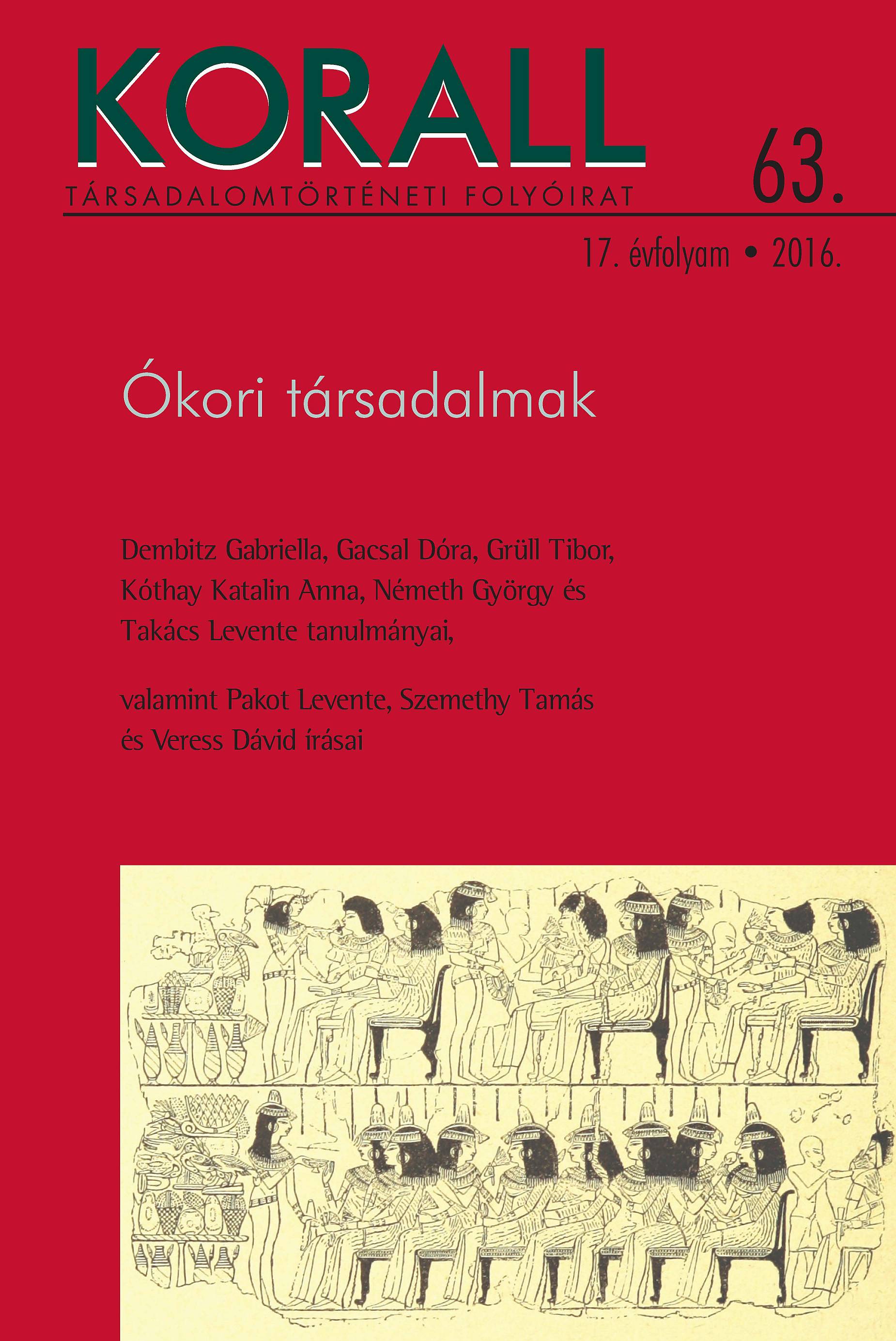Társadalmi státusz és gyermekvállalás a Nyugat-Dunántúlon: Bük, 1850–1939
Social Standing and Family Planning in Western Transdanubia: Bük, 1850–1939
Author(s): Levente PakotSubject(s): Social Sciences, Recent History (1900 till today), 19th Century
Published by: KORALL Társadalomtörténeti Egyesület
Keywords: history;historical demography;Hungary;
Summary/Abstract: Even though the history of decreasing birth rates in nineteenth- and twentieth century Europe is a relatively well-researched subject, its causes and particulars remain obscure. One of the main reasons for this is that scholarship continues to pay little or no attention to individual and micro-level data. Through the multivariate analysis of individual and longitudinal data, the present study examines the birth rates across several decades in a mixed-denomination (Catholic and Lutheran) settlement in Western Transdanubia in the age of rapid industrialization in the second half of the nineteenth century. One of the main research questions concerns the denominational and social patterns of birth rates before and during the decades of demographic transformation. The analysis suggests that prior to the transformation, the desire to have children was the highest among the upper echelons of local society (intellectuals, office workers) and the lowest among the lower rungs (day labourers, manorial servants). The subsequent decades of demographic transformation fundamentally uprooted the existing social patterns of birth rates and number of children. The transformation is best described as a divergent social process lasting for several decades: switching to a nuclear family pattern was first adopted by the upper social strata, with the local artisans and skilled labourers following suit. It was then adopted by the landed peasants and, finally, the lowest layers of society. Although the desire to have children was seemingly somewhat lower among Lutherans than Catholics, this discrepancy can be explained by the demographic and socioeconomic differences between the two denominations. Besides controlling the number of children, the decrease in birth rates was also a result of consciously increasing the interval between childbirths, a strategy adopted to a previously unprecedented degree during the years of the Great Depression.
Journal: Korall - Társadalomtörténeti folyóirat
- Issue Year: 2016
- Issue No: 63
- Page Range: 130-157
- Page Count: 18
- Language: Hungarian

